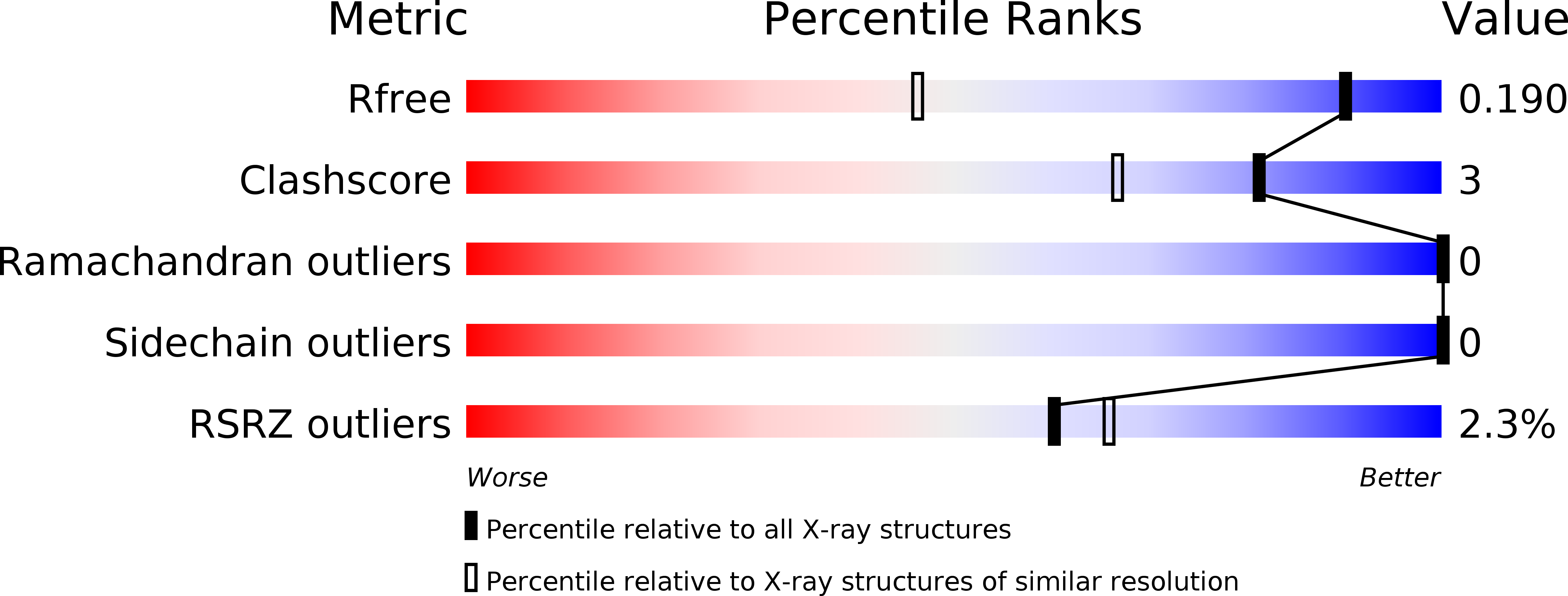
Deposition Date
2019-05-02
Release Date
2020-04-01
Last Version Date
2024-11-13
Entry Detail
PDB ID:
6OSV
Keywords:
Title:
Potent and Selective Antitumor Antibody Targeting a Membrane-Proximal Epitope of ROR2
Biological Source:
Source Organism:
Oryctolagus cuniculus (Taxon ID: 9986)
Homo sapiens (Taxon ID: 9606)
Homo sapiens (Taxon ID: 9606)
Host Organism:
Method Details:
Experimental Method:
Resolution:
1.34 Å
R-Value Free:
0.18
R-Value Work:
0.16
R-Value Observed:
0.16
Space Group:
P 21 21 21


